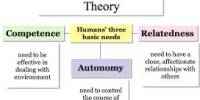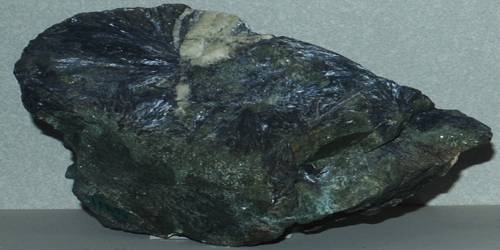A recent study has found a new way to understand why we make certain clothing choices based on our aesthetic preferences. This new discovery may shed light on the underlying factors that influence our attire and provide a deeper insight into human behavior and psychology.
Despite the fact that we dress ourselves at least 29,000 times throughout our lives, empirical research has paid little attention to the reasons behind how and why we choose the clothes we do.
In one of the first studies of its type, researchers at Massachusetts General Hospital (MGH) and London College of Fashion (LCF), University of the Arts (UAL), have explored the aesthetics of fashion to uncover preferences like style (shape and cut), color (hue, brightness and saturation), and personality differences that motivate people to buy and wear clothing for work, leisure, and more formal occasions.
The study was published in Empirical Studies of the Arts.
“Preference has been studied for ages across a wide range of art and aesthetic domains, from paintings to music, but almost never in the context of fashion, which is unquestionably a social experience and mode of self-expression,” says co-author Nancy Etcoff, Ph.D., director of the Program in Aesthetics and Well Being at MGH and Harvard Medical School.
“We asked in our research whether fashion aesthetics could be studied empirically, and not only discovered it can, but that it opens the door to better understanding factors that guide people in their everyday clothing preferences. This knowledge is valuable to designers and marketers of clothing as well as to consumers themselves by putting them in better touch with their aesthetic tastes and sensibilities.”
The more one knows about and appreciates the aesthetics of fashion, the more attention they will pay to what they’re wearing and what excites them when viewing clothing.
Young-Jin Hur
A novel preference structure across four categories of clothing styles essential, comfortable, feminine, and trendy emerged from the research team’s online survey of 307 females and 191 males in the United Kingdom.
Further investigation revealed that preferences for each of these styles were connected to the study participants’ color choices and self-reported characteristics (such as personality).
Lilac, violet, pink, turquoise, and dark red were major color preferences for those who enjoyed and owned feminine apparel (such as dresses and skirts), while dark blue, blue, and brown were preferred colors for people who wore basic clothing (such as shirts and jackets).
The survey also revealed high levels of fashion leadership, an understanding of the value of wearing properly, and a tendency toward more compassionate behavior in those who favored feminine attire.
Individuals who enjoyed and had necessary attire, on the other hand, tended to be gregarious, displayed higher energy, and were emotionally stable.
Hoodies, sweatpants, and tracksuits were examples of comfortable clothing that was associated with fashion leadership and interest, whereas dungarees, polo shirts, and boiler suits were examples of stylish clothing that was associated with youth and a respect for the visual arts.
“The more one knows about and appreciates the aesthetics of fashion, the more attention they will pay to what they’re wearing and what excites them when viewing clothing,” says lead author Young-Jin Hur, Ph.D., with London College of Fashion/UAL.
“Because aesthetic experiences seem linked with well-being, our findings may provide an important commentary on how this could impact the wearer’s self-confidence.”
Adds senior author Emmanuel Sirimal Silva, Ph.D., with LCF/UAL, “Our findings underscore that clothing preferences are closely linked to fashion experience and to the individual’s identity.”
The author of “Survival of the Prettiest: The Science of Beauty,” Etcoff, believes that her team’s most recent research opens the door to an exciting new body of knowledge about fashion preferences and behaviors, such as clothing textures and patterns, as well as the impulses that drive ongoing change in the multibillion-dollar clothing industry.
“Each of us spends a lot of money on clothing,” she observes, “and what we’re attempting to do through our work is more fully inform the decisions we make to look better and to complement our personalities.”
















